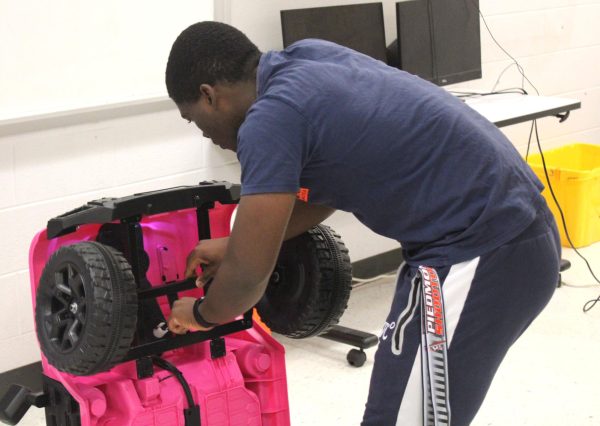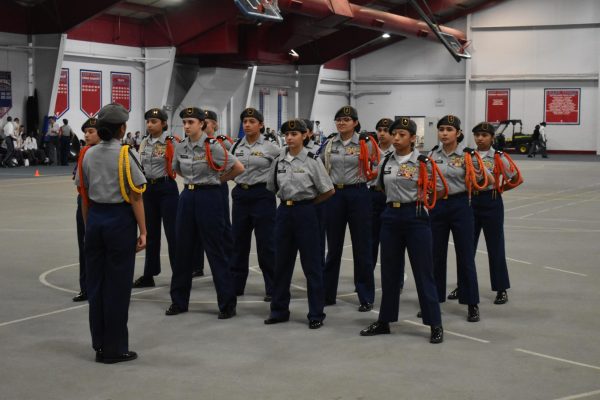Administration releases new SOL testing schedule
This year, SOL tests will take place over two half days of school: Jan. 14 and Jan. 15, and students not taking a test will not be allowed to come to school. Dean of Students Kris Vass schedules SOL testing, and according to Vass, this new testing schedule will provide an opportunity to wrap up work from the first semester.
“We can use [the days where some don’t come to school] as an opportunity. The end of the semester is coming up, so if you’ve got work that’s missing you could work on that. It [also] allows students to work different hours at their mentorship or volunteer or study for a final exam that you might have,” Vass said.
The schedule differs slightly from last year, where testing was spread out over the whole week and there were no half days.
“Last year we did testing over four days. We did a rotation schedule where everybody tested in the morning [each day], but it was an extended block. [Each test block] was about three hours long,” Vass said.
SOL testing isn’t the only thing going on on the testing days, however.
“That’s not just SOL testing; there’s also students that are in an English class that need to do a writing sample for their portfolio [and their] SOL verified credit. [There is] also W!SE testing, which is also a graduation requirement for the econ [and] personal finance class. A lot of students still need their CPR certifications [as well] so we will be doing those things on those days as well,” Vass said.
The state of Virginia passed legislation so students don’t need to take more than one SOL in certain subjects as long as they pass.
“Once a student meets all of their testing requirements then they can no longer take a test in that subject. This started with [the sophomore] class, so if you were in ninth grade last year and you passed [for example, the] history SOL, you don’t have to take another SOL [in that subject],” Vass said.
The decision to change the SOL testing schedule was mostly based off of necessity because of the numbers of students.
“What we did last year wasn’t going to work because we have so many more students that do not need a test [because of the new legislation]. If you’ve got a World History II class with twenty five students in it and say eighteen of those students passed the World History I SOL last year and seven didn’t, how do we create a testing environment where those seven who need the test [have a] quiet and calm [environment]? But what do we do with the other 18? And that’s the case all over the building, we don’t have enough space to put everybody and still maintain a testing environment that could lead to success,” Vass said.
Before the test, students will have a normal morning in their advisories.
“Students will meet in their advisory, they can eat breakfast, they can study for their tests, they can sit quietly or they can find out where they’re going to test. It’s just a nice easy way to ease into the day and then focus on their test and nothing else,” Vass said. “We are trying this out, kind of as a pilot to see how it goes. We do need to do something creative because we’ve got a lot of students in this building and not enough space to put everybody in a situation like this.”
Students will be receiving information about their tests or when they will be testing through their advisory teacher. Vass urges students to pay attention to their teachers in order to determine when their tests are.
“Pay attention, a lot of this information will get pushed out through advisory and through your teachers. We’re also going to have a letter mailed home to parents and there will be phone calls home to parents to let them know,” Vass said.







